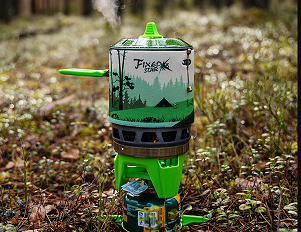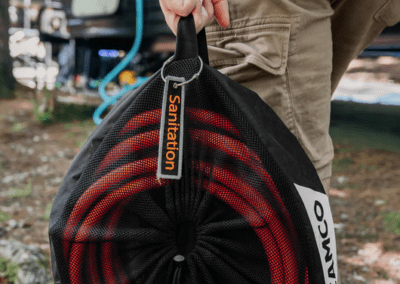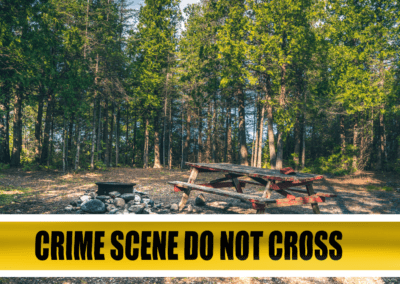By Lisa Dempsey
There is Magic in Water
Being near the water adds a memorable detail to most campsites. It is even better to be on the water in a kayak, canoe, or a stand-up paddle board, aka SUP. These non-motorized, woman-powered watercraft allow you to encounter the water and its surroundings close up. You can also choose a thrilling white water rapid ride or a placid glide down a slow-moving creek or bayou.

Inflatable Kayaks and SUPs
New technology and budget-friendly inflatable options make it easy to get onto the water. Today’s inflatable models are an excellent option if you don’t have a vehicle to carry a large canoe or kayak. Additionally, getting a heavy plastic or fiberglass kayak can be a literal drag to the water. A lighter-weight inflatable can be easier to maneuver to the launch area.
My favorite brand for inflatable watercraft is BOTE. I own the Breeze Aero Stand-Up Paddle Board and a Zeppelin Aero Classic Kayak. You don’t need to start here if you are on a budget. Still, if you want to invest in an inflatable that will last and be a dynamite experience on the water, they are worth every penny.
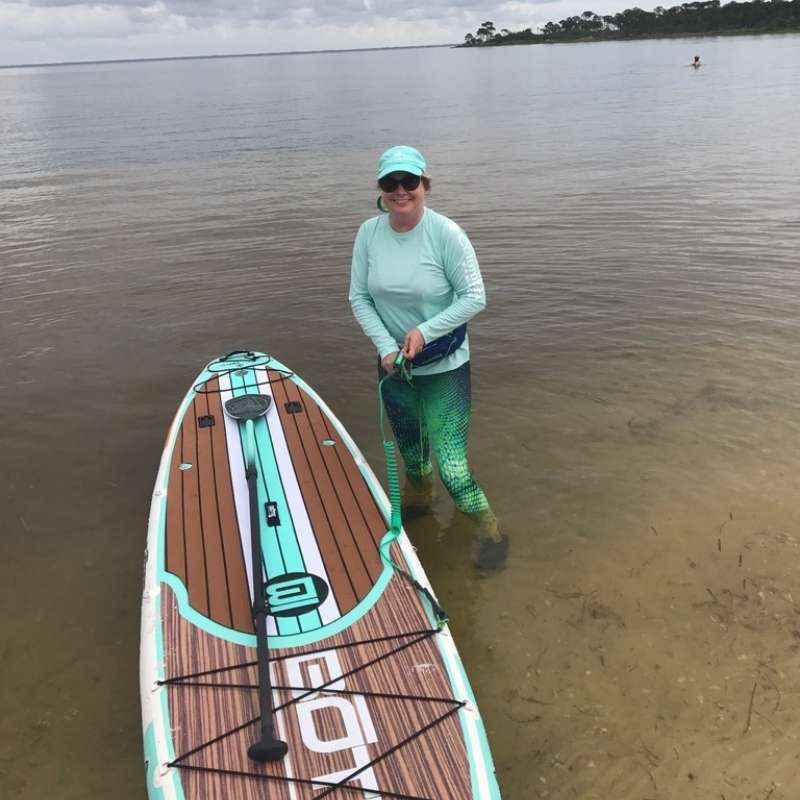

Another brand of inflatable kayak is the Intex Challenger K-1. It is popular with many Girl Campers, and the starting cost is around $100. Be sure to look online at sites like Facebook Marketplace for a deal. I know Girl Campers who have bought new inflatable kayaks still in the box for half-price!
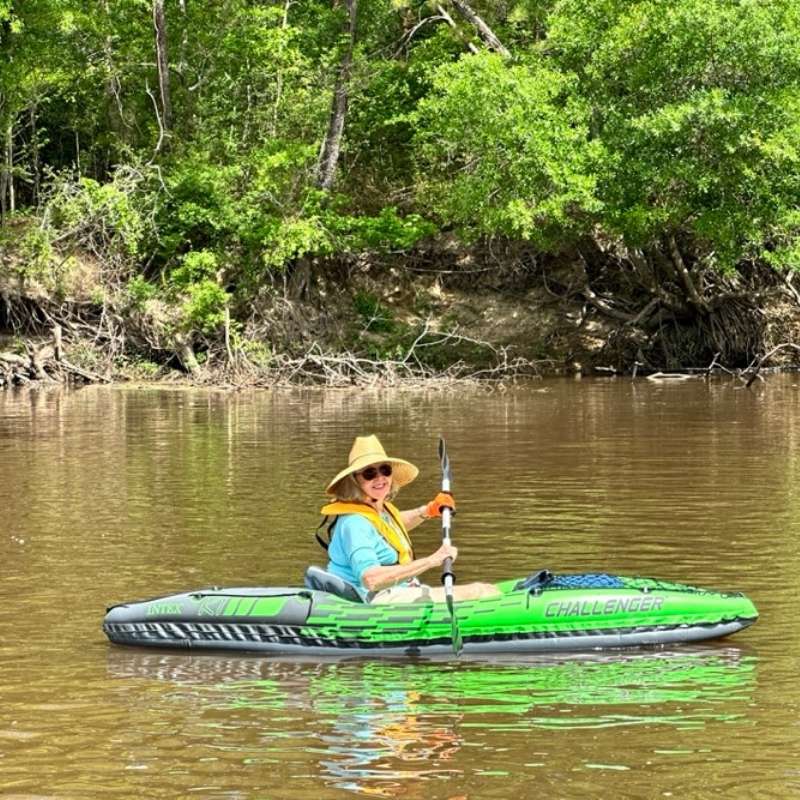
The 80/20 Rule
Accordingly, when purchasing an inflatable kayak, be sure to check the weight limit posted and use the 80/20 rule. Your body and gear should be at most 80% of the total weight limit for the inflatable kayak. Basically, overloading can cause you to ride too low in the water, causing more work when you paddle and a wet splashy ride.
Necessary Equipment
Consequently, if you decide to purchase a kayak, you will need just a few other pieces of equipment; a paddle, a dry bag, a whistle, and a personal floatation device (PFD), aka a life jacket.
The paddle is an extension of your arms and is used to power your watercraft. You want one that is durable and light. A dry bag will keep your phone, keys, towel, and snacks safe from splashing water. A whistle is essential safety equipment. It only costs a couple of dollars and can save your life if you are lost or in danger. You can put the whistle on a wristband or hook it onto your PFD. Keep the whistle on you, not in your dry bag or on the kayak. One other small piece of equipment that is under $10 is a paddle leash. The leash will keep your paddle from floating off and away from you!
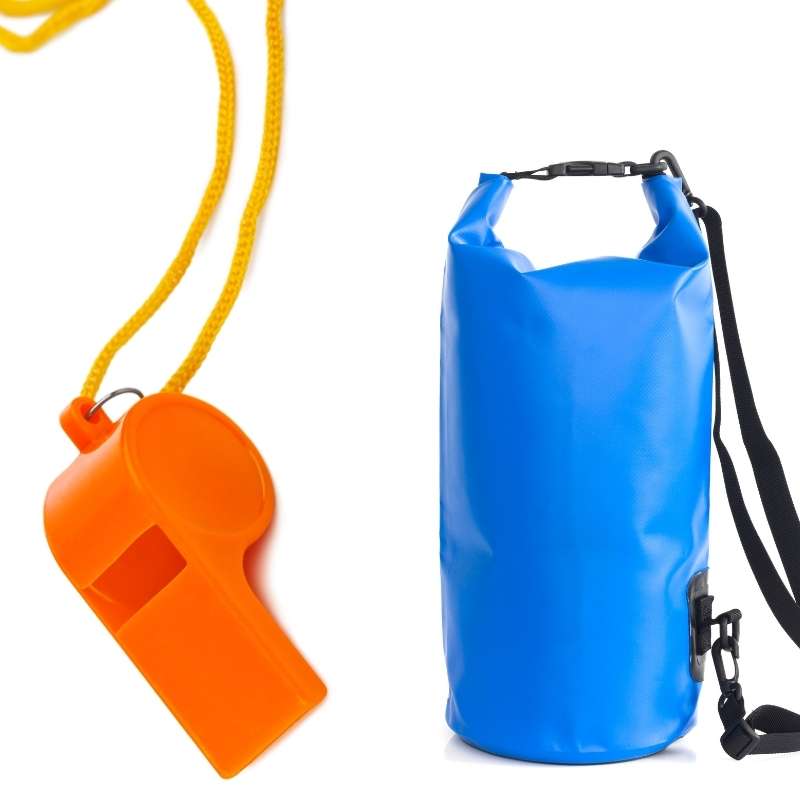
Splurge on Your PFD
Unquestionably, as a Girl Camper who enjoys the water, the one thing I will tell you to splurge on is a quality PFD that fits your body type comfortably. Please note that kayaking, canoeing, and SUP life jackets are styled differently than a typical boating PFD to give you range in the upper body to allow smooth paddling strokes.
Do some extra research on PFDs and go into a store to try these on before purchasing. Having your own well-fitting PFD is worth the investment, even if you are going to rent your kayak or use a friend’s vessel for an outing. Trust me when I tell you it will be a miserable experience if you have a bulky and oversized life jacket that rides up to your neck each time you lift the paddle.

Education and a Place to Paddle
Next, check out your state park system if you have your gear and need someone to teach you how to paddle and provide water safety instructions. I recently held an event called Paddle Camp at Village Creek State Park in the Big Thicket. The park rangers regularly have paddling classes. Here is the link for the Texas State Parks Paddling Events: https://tpwd.texas.gov/calendar/paddling


Two additional resources for all levels of paddlers are the American Canoe Association (ACA) https://aca.site-ym.com/ and Paddling.com https://paddling.com/ . Both resources provide a wealth of information on paddling techniques, gear, safety, and trip planning. They also offer courses and certifications for beginner paddlers.
Once you are comfortable using your new inflatable kayak or SUP, check out the Texas Paddling Trail System for maps on where you can paddle a short trail. You can also find companies that will drive you to a site to put in and pick you up later in the day downstream. There are plenty of places to use your watercraft in Texas State Parks, many of which have kayaks, canoes, and SUPs for rent. Check out this link, where to paddle in Texas State Parks: https://tpwd.texas.gov/state-parks/parks/things-to-do/boat-rentals-at-state-parks.
Paddle with Friends
Girl Camper hosts camping events across the country, and many of them include paddling activities. If the event is near the water, you can check in with your camping buddies to see if anyone would like to join you on a paddle-out to explore the area! Subsequently, do some additional research, and you may find a local guide to take you on a tour to point out the wildlife and natural habitat.
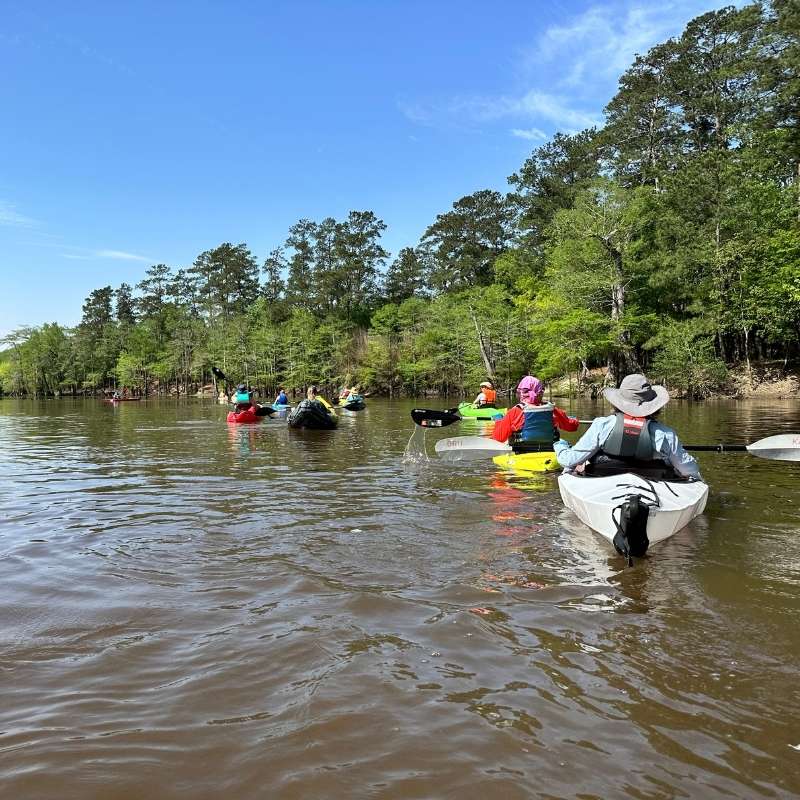
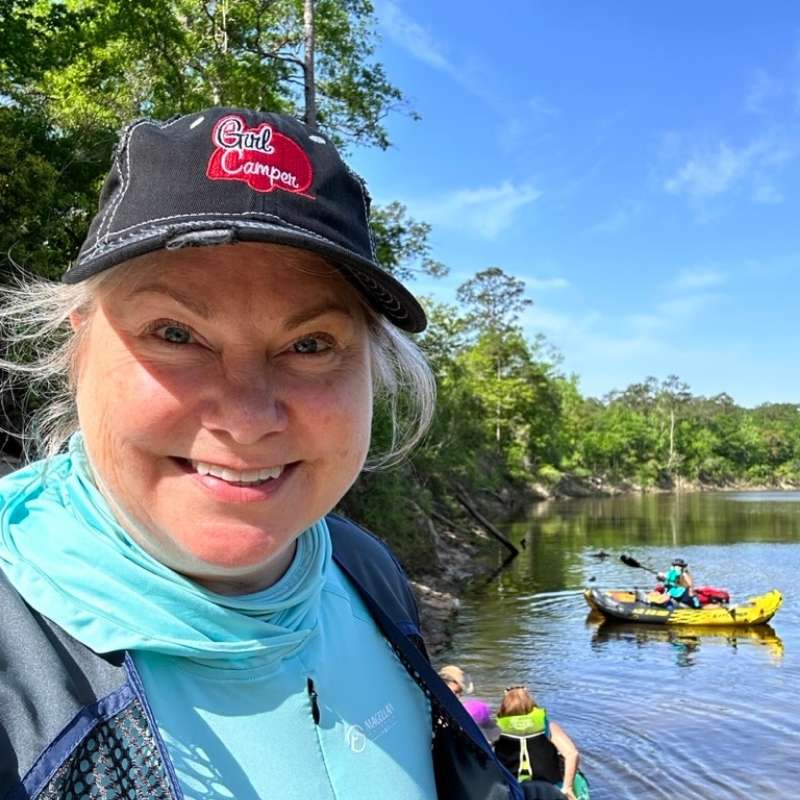
If you are new to Girl Camper, check out my post, “How to Start Camping Like a Girl.” I would love to see you around our campfire someday!



